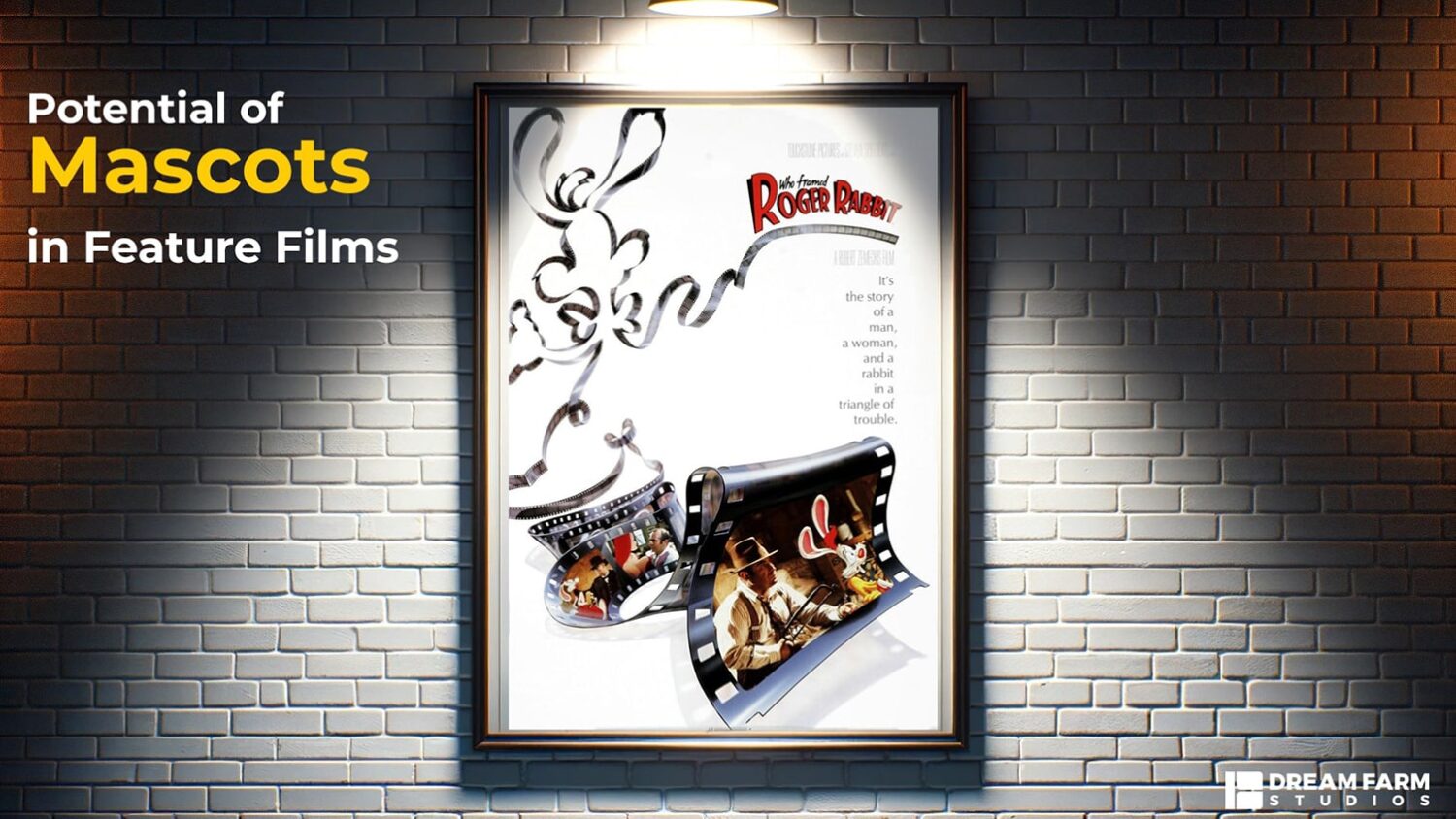Your brand’s mascot can be more beneficial than you may imagine! Alongside its presence in prints, online ads, TV commercials, etc., you can enter the film-making industry with a well-established and prepared icon.
It may sound like a fantasy, but the reality is that your brand’s mascot could be the star of a movie, drawing audiences to theaters. This isn’t just a dream-it’s a strategy that some brands have already successfully executed.
This blog is about the Potential of Mascots in Feature Films and will delve into this subject to discover its benefits, successful examples, requirements, challenges, and more.
Before we examine mascots’ role in long-length movies, let’s see how the community perceives them from ancient times to the modern age.
How Does Pop Culture Perceive Brand Mascots? (A Short Overview of Mascots’ Evolvement Throughout History)
The word ‘mascot’ was coined around two hundred years ago, in the 19th century. However, their roots can be traced back thousands of years to the ancient era.
In those ancient days, symbols and icons held immense power, serving as potent representations of tribes, military forces, and even empires.
For example, a legendary bird was the mascot of the Achaemenid dynasty that formed the great Persian Empire around 500 BC.
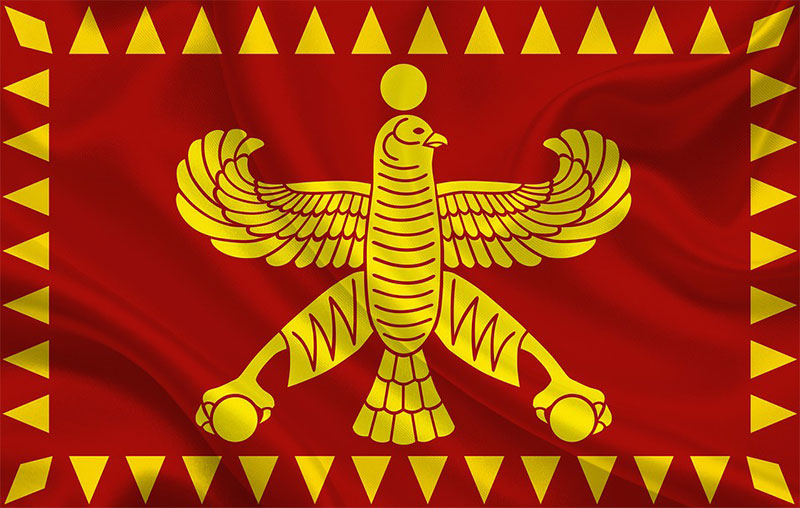
On the other hand, the Roman Empire used an Eagle as their symbol.
During the medieval era in Europe, when noble families often held more power than governors, animals played a significant role as mascots. These creatures, chosen to represent the families, served as a tangible connection to the past and a symbol of their status and influence.
Have you seen the famous series ‘Game of Thrones’? If yes, you know that a Lion symbolizes Lannisters and a Dire Wolf is the Stark family’s mascot.
However, it was in the modern age that mascots began to gain significant prominence, and their usage expanded dramatically. During this time, their importance surged, leading to a substantial increase in their utilization across various domains.
In modern sports culture, it’s customary for teams to embrace a unique mascot. Take, for instance, the Chicago Bulls, known for their bull mascot, and Borussia Dortmund, whose mascot is represented by bees.
Additionally, colleges and universities worldwide have mascots, too. Last but not least, brands also have mascots, and that is where we shift our focus for the rest of the blog.
The historical evolution of brand mascots is unneglectable, and it seems that we will also see notable transformations in the near future.
As you understand by now, the potential of mascots in feature films is a subject worthy of mention and the primary topic of this blog.
Though using brand mascots in movies is not common, we have witnessed some instances in recent years, and it is predicted that the use of these brand representatives in cinema will increase in the upcoming years.
Let’s dive deep and learn more about this matter’s previous successful examples.
Brand Mascots that Dominated the Big Screen Successfully in the Past
As previously noted, the trend of brands venturing into feature films with their mascots as the main characters is a relatively new and intriguing development.
Nevertheless, some instances have already paved the way for other brands to take this approach.
One of the most iconic movies regarding this matter is ‘Who Framed Roger Rabbit.’ Released in 1988, it was one of the first movies in which a brand mascot played a significant role.
Walt Disney Pictures bought the movie rights and added its well-known mascot, ‘Mikey Mouse,’ to the cast. The naughty bunny ‘Bugs Bunny’ also appeared in this feature film.
Later in this blog, we will delve deeper into ‘Who Framed Roger Rabbit‘ as a successful example of how mascots can thrive in feature films. For now, let’s discuss another triumphant example that was released a few years ago. The Lego Movie!
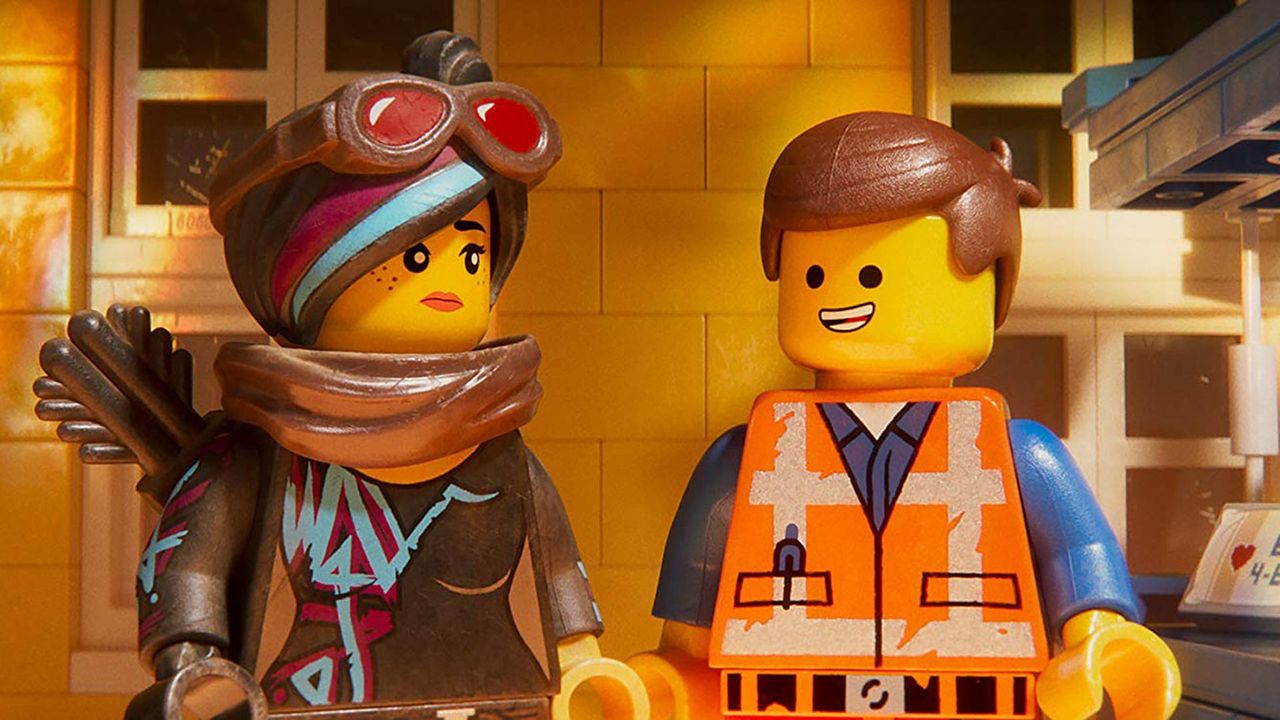
In 2014, this animation generated a buzz and sold for nearly half a billion dollars. Considering the budget, which was roughly more than 50 million dollars, it was definitely a profitable movie for the creators.
As the name implies, the beloved building block brand Lego and its associated characters were featured in a genuinely hilarious animation. Moreover, it effectively stirred viewers’ emotions—a crucial indicator of a feature film’s success, according to experts!
We have to emphasize again that only a few brand mascots were used in movies, and that is because of numerous challenges along the way. We will examine those challenges, but before that, let’s see what attributes a mascot should have to be a good choice for a leading role in a feature film.
What are the Key Characteristics of a Movie-Friendly Brand Mascot?
First of all, animated mascots are needed. Using static forms of these representatives in movies created in the 21st century is impossible.
When it comes to visual appeal, the mascot’s design is of utmost importance. It must be distinctively crafted to translate well to the cinema’s big screens. Bold colors, unique shapes, and memorable features are not just desirable but essential characteristics for a mascot that is going to play in a feature film.
While animating the mascot, it is crucial to add various facial expressions to make it more adaptable to different scenarios. A mascot unable to convey certain emotions is useless in acting effectively in a movie.
Furthermore, the character must possess depth. A brand mascot with a substantial backstory is more likely to excel in a leading role in feature-length movies.
The mascot’s world must align with the original narrative of the feature film in which the mascot will take a role. Think of its core personalities, such as humor, courage, kindness, etc.
In addition to all these factors, if the brand has a mascot that is nostalgic for the audiences, the movie will likely be more successful.
Remember that the film must align with the brand’s overall identity to avoid potential harm to the business.
Therefore, a brand mascot should be visually striking, have the potential for more profound character development, and be a successor to a bigger story in order to be a good fit for taking a central role in a movie.
As we said earlier in this blog, there are multiple challenges to properly harvesting the potential of mascots in feature films In the following part of this blog, we will discuss these obstacles.
What are the Biggest Challenges for Using Brand Mascots in Movies?
One of the biggest challenges is related to character development. In the previous section, we underscored the importance of a well-developed character to be suited for acting in leading roles.
The problem is that many brand mascots are simple creatures with very limited personalities, which are not enough to be used as leading characters in feature films. Expanding those simple representatives to comprehensive characters is indeed a complex process, and many brands lack the required resources to undertake it.
Another challenge lies in the delicate balance between developing a mascot’s character and maintaining the brand’s identity. Mascots are inherently linked to their brands; even minor changes can significantly affect the overall branding image.
Considering that mascots often exist within specific contexts, taking them beyond may seem risky and frightening for brands. This is especially true when we talk about the cinema industry, which is a unique field, and a simple mistake may cost too much!
Therefore, the movie’s narrative must be written according to the mascot’s traits, which is not a simple job! Assuming that the mascot has the needed background, forming a charming story in that specific context requires high creativity. Do not forget that the atmosphere of the feature film and the story must match the mascot’s attributes, which makes the process even more challenging.
Another tangible issues that should be mentioned is the budget deficiancy, Producing a movie is undoubtedly costly, demanding a sufficient budget.
Not all brands can afford to take advantage of the potential of mascots in feature films. On the other side, rich ones are wavering because the outcome is not guaranteed to be worth the investment and risk.
While a brand’s mascot often captures attention and resonates with audiences in brief television advertisements, it’s unlikely that it attracts viewers’ interest for a duratoin exceeding 75 minutes.
Viewing these obstacles, it is apparent why only a few brands took the risk and invested in movies where their mascot is the leading actor.
Nevertheless, by adopting a well-thought-out and strategic approach, these challenges can be effectively addressed, ultimately leading to the success of a feature film with a brand mascot in the lead role.
In the first steps of planning, brands should acknowledge the target audience’s expectations of movies with mascots as their leading actors.
What Do People Expect From a Movie With a Brand Mascot as Its Leading Actor?
It is hard to predict precisely what audiences demand. Several factors, such as their demography, affect the final answer. However, we can answer this inquiry generally based on assumptions.
Creating movies about nostalgic mascots that tap into people’s fond childhood memories has consistently proven successful. When given a leading role in feature films, these mascots have a high potential for success, inspiring confidence in this creative direction.
Looking back at Who Framed Roger Rabbit, Mikey Mouse reminded the audience of old memories, which is one of the reasons behind its victory.
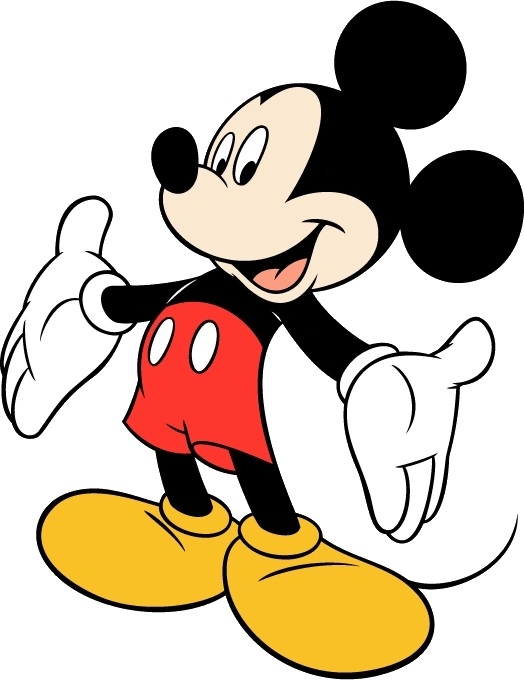
Moreover, people seek engaging storytelling in these movies and want to see a well-developed version of the mascot. The movie must go beyond just promoting the brand and the mascot. There should be a compelling narrative that nails audiences to their seats and makes them feel deeply invested in the story, just like the Lego Movie did.
The audience also wants to find the movie completely balanced with the mascot’s identity. The feature film should also be a comedy if it is a fun mascot acting in it. However, some prefer to be pleasantly surprised by seeing the mascot acting in unexpected genres while maintaining its core personality. Imagine a funny mascot starring in a thrilling action movie, a twist that would surely intrigue the audience!
Do not forget the importance of visual appeal elements. These days, people expect high quality no matter what. Hence, investing in creating a well-crafted animated version of the mascot is crucial, as no one accepts less.
Let’s move ahead and talk about possible opportunities for potential of mascots in feature films in the future.
What are the Imaginable Opportunities Regarding Using Brand Mascots in Movies?
By leveraging creativity and shifting focus on the audience’s interest, it is anticipated that the future will hold some exciting opportunities for feature films with brand mascots as their main actors.
The possibility of taking this approach merged due to the invention of animations! Although animations were less advanced in the beginning, they could not be utilized as a playground to make this dream a reality.
As time passed, technology progressed, and as a result, using brands’ mascots in films became achievable.
With more progress in the animation industry, we can expect more brands to show interest in investing in movies with their mascot as the leading role.
Not surprisingly, we will witness more of a mixture of nostalgia and innovation. As said above, nostalgic mascots have a higher chance of success when used in feature films. But relying on bringing up a sense of the past alone is not enough. Professional filmmakers know this well and will utilize creativity to make something remarkable.
Because several business opportunities will emerge following the movie’s success at the box office, chances are more marketers will be attracted to this extraordinary approach to promoting the brand more efficaciously.
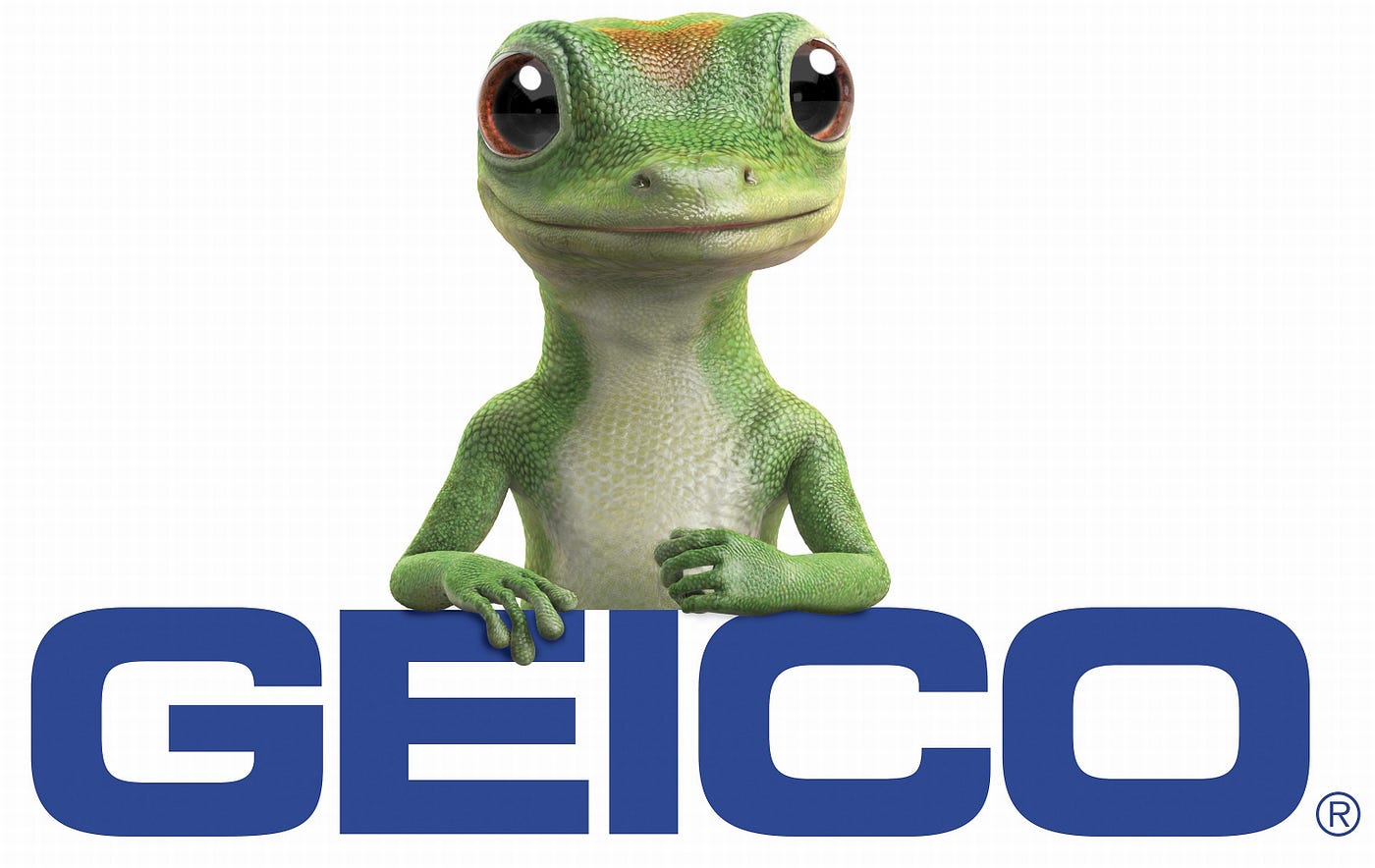
Currently, numerous well-established mascots, including the Michelin Man and the GEICO Gecko, possess the potential to become the next superstars on the big screen. We hope those significant players in the world’s economy take the risk and see our beloved mascots in attractive movies shortly.
In a few lines above, we mentioned this approach’s impact on the business’s overall profitability. It is good to look at related probable marketing opportunities in a separate section.
Examining Marketing and Merchandising Opportunities with Brand Mascots in Movies
The partnership between brands and filmmaking studios is a win-win scenario for both parties. The former will benefit from reaching a broader base of audiences, while the latter will grab attention thanks to the fame of the brand mascot. This is the first marketing opportunity that merges due to harvesting the potential of mascots in feature films.
In addition, brands and filmmakers can profit from selling co-branded merchandise, like action figures related to the movie. However, the film must be a total success to accomplish this milestone! Such creations can generate buzz on various social media platforms, as possibly a large number of the customer base will discuss the upcoming movie and the casting of the mascot. In general, there will be and must be profitable opportunities; otherwise, why should brands spend a substantial amount of money on this expensive, risky approach?
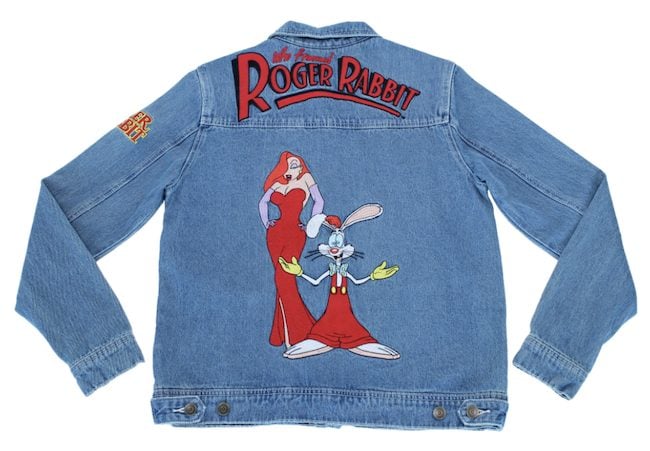
Historically, most movies featuring brand mascots have been in the Comedy or Family genres. However, it is not a compulsion!
Various Feature Film Genres Starring Brand Mascots
These kinds of movies have the potential to explore beyond common genres related to brand mascots, which are Comedy and Family.
Assume that Redbull wants to send its famous Bull on the screen. Does the move necessarily should be fun? Well no!
Conversely, most of us expect that movie to be action-packed, with breath-taking scenes that pump adrenaline into our veins.
Therefore, Comedy and Family-friendly genres are no longer the only options! In fact, the possibilities are limitless.
Based on different brand identities and diverse mascots’ personalities, it is safe to say that brand mascots can be found in all genres.
One of the last unanswered questions concerns ways to gauge the success of a movie for the mascot’s respective brand.
How to Measure the Success of a Feature Film Starring a Brand Mascot?
Relying solely on box office numbers to measure a feature film’s success is wrong! While box office is a fundamental metric, other crucial factors should also be considered. This will ensure more accurate final results.
Regarding financial gains, the box office performance is just the beginning. Delving into streaming statistics can reveal a whole new dimension of a film’s success.
In addition to these two metrics, you should keep an eye on merchandise sales stats. Remember that mascot-themed figures, shirts, paintings, etc., can be a great source of extra income.
However, when a brand invests in making movies with its mascot, it definitely looks beyond just financial achievements! Usually, the main goal is to increase brand awareness substantially. So, ask yourself, did the movie succeed in that regard?
Tracking social mentions, any change in the brand’s website traffic, and social media engagement will give a good understanding of possible increases in brand awareness. It is simple: the more people talk about the brand, the more successful the movie raises brand awareness.
Furthermore, affecting the brand image positively and growing the base of loyal customers are other potential goals that brands may wish to achieve following the showing of their mascots on the big screen.
Run surveys and social media analyses to determine the feature film’s impact on brand image. You must find out how consumers perceive that movie and how that perception influences your brand image. Is it good, or is it bad?
Monitoring the number of repetitive buyers is a straightforward way to obtain needed data about customer loyalty. Additionally, gauging social engagement numbers can be helpful.
Now, you most likely understand the potential of mascots in feature films, as we covered everything related to this matter.
Earlier in this blog, we mentioned the movie Who Framed Roger Rabbit as a successful example and promised to investigate it further.
Keeping our oath, we will examine that iconic movie closely in the next section.
What Can We Learn From the Mascot Featured Movie ‘Who Framed Roger Rabbit’?
In the late 1980s, “Who Framed Roger Rabbit” became a hot trend in Hollywood. Everyone talked about Mikey Mouse and Buggs Bunny, who starred in the feature film, and it truly generated buzz at that time, as we mentioned above.
Mikey Mouse was a beloved nostalgic icon in those days; his creation dates back to 1928. Therefore, the movie had one of the main principles for becoming a victorious example: the nostalgic Mickey Mouse.
Before the film, Mickey Mouse was a 2D character with certain limitations. However, ‘Who Framed Roger Rabbit’ introduced audiences to a revolutionary version of this beloved mascot. Mickey was given his own voice, a unique set of movements, and even facial expressions, transforming him into a more dynamic and engaging character.
Besides our well-known icon, the movie introduced another cartoon character named Roger Rabbit, and the story was about creating this new symbol, as the movie’s title suggests.
A while later, Bugs Bunny co-starred in the movie Space Jam with favored basketball player Michael Jordan.
The Who Framed Roger Rabit creators added more depth to Mikey’s personality in the best way possible. That simple mascot was portrayed as a courageous, loyal, and resourceful character who solves all issues and mysteries relying on his detective skills.
Who Framed Roger Rabbit was innovative at the time because it mixed animation and the real world. All the other actors and actresses except Mickey and Roger were real-world professionals. Remember that we discussed the importance of innovation for businesses to utilize their brand mascot in movies successfully.
The first lesson brands can learn from this case study is that success in this approach relies on partnerships with great film-making studios. Disney partnered with Touchstone Pictures for this project.
After that, let us emphasize the character development that Mickey Mouse has been through. Even a well-known nostalgic mascot like Mickey needed enhancement to dominate the big screen, and no other mascot is considered an exception.
The last lesson is again something we talked about earlier. Do not forget that creativity and innovation are highly required when creating a feature film with a brand mascot in the leading role. Disney did that, and the outcome was fascinating.
To conclude, let’s recap the key insights explored in this blog.
Conclusion
In this blog, we have provided a comprehensive coverage of the potential of mascots in feature films. From successful examples to critical characteristics of a movie-friendly brand mascot, we have strived to educate you on this matter in the best way possible.
Despite the extensive discussion, the adoption of this approach by big brands remains relatively rare. This rarity, however, presents a unique opportunity for those who do embrace it, offering a fresh and potentially lucrative avenue for increasing brand awareness, fostering customer loyalty, and boosting business profitability.
Although it is risky and may be scary to go on this road, the reward is noteworthy, as a triumph in the Cinema industry will benefit your brand in various ways.
We hope you find this blog helpful for improving your mascot’s impact on the business’s overall performance. If you need help enhancing your brand’s mascot, contact our experts at Dream Farm Studios.

